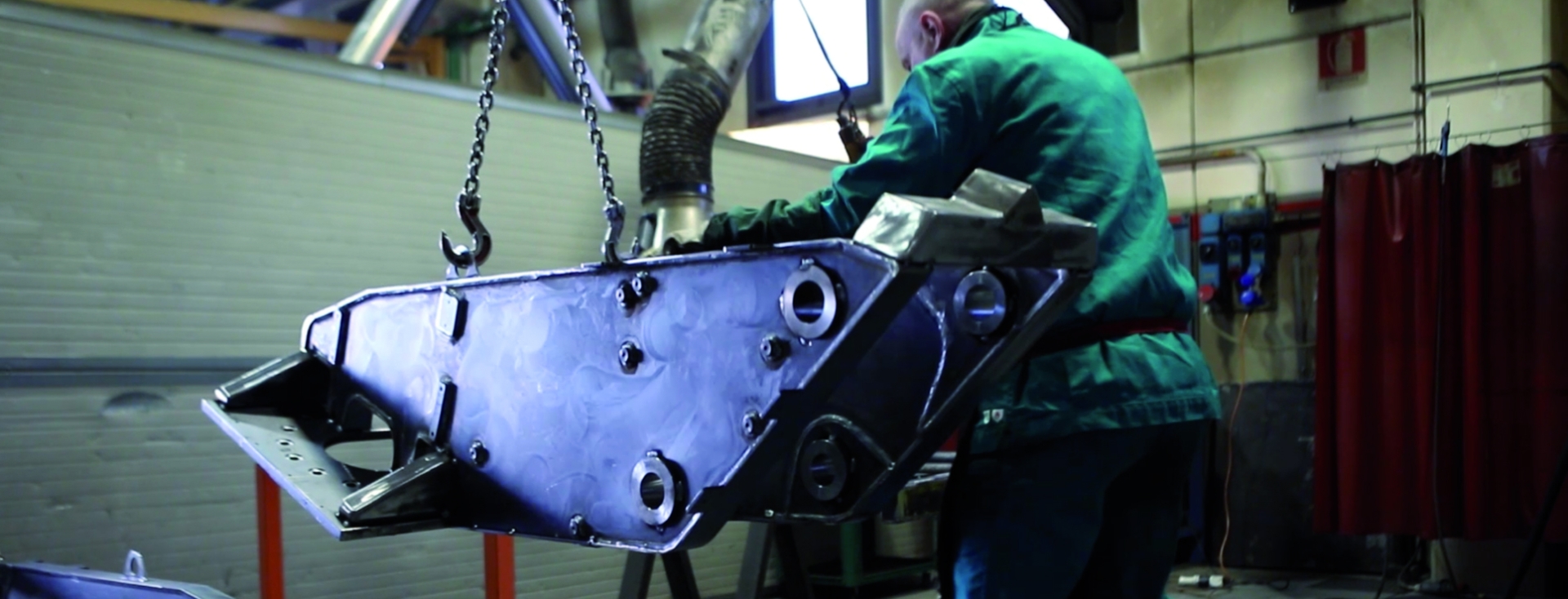
Material Handling
Versatile Reconfiguration for Lifting Heavy Loads Safely
Certain spider lift cranes, traditionally used for lifting personnel, can be reconfigured for material handling purposes by making specific modifications. This process involves removing the standard basket or platform and replacing it with a winch system, thereby transforming the lift into a capable material handling crane. Depending on the model, these reconfigured lifts can handle a range of material loads, with some able to lift up to 250 kg.
For instance, the 54-T model stands out for its versatility and power; when reconfigured, it can support up to 1500 kg, making it suitable for more substantial material handling tasks. The adaptation process is model-specific, meaning only certain spider lift models can be converted. These include the 18.95, 20.95, 15.70, 22.10, 33.15, 27.14, 43-T, and 54-T. Each of these models has been engineered to allow for such transformations, but the extent of reconfiguration capabilities can vary.
In addition to the physical modifications, the reconfiguration process also involves updating the equipment’s software. This software adjustment ensures that the spider lift operates efficiently and safely in its new role as a material handling crane, adapting its control systems to manage different load weights and handling procedures. This comprehensive upgrade ensures that the equipment maintains optimal performance and reliability, even as its function shifts from personnel lifting to material handling. In addition to the aforementioned, our equipment's internal combustion engines meet Tier 4 standards, ensuring compliance with Canadian environmental regulations.


